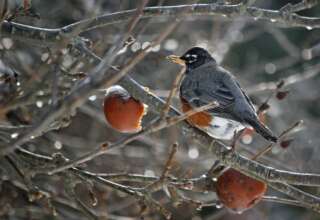
Without dismissing the fact that trees, fungi and plants don’t “think” and “coordinate” in ways that are uniquely human, we must acknowledge that something is occurring in the forest eco-system that is indeed reminiscent of human behavior at its best. Macfarlane (2019, p. 98) concludes:
“Our growing comprehension of the forest network asks profound questions: about where species begin and end, about whether a forest might best be imagined as a superorganism, and about what ‘trading’, ‘sharing’ or even ‘friendship’ might mean between plants and, indeed, between humans.”
Given its remarkable dynamics and outcomes, what might we learn from the web of wood—especially as related to our defining question: how relationships are sustained midst differences. How might we also find ways to be productive in traversing the domains of information, intentions and ideas—as forests do in building and maintaining their viability.
Webs and Empowerment
Human webs come in many different forms. Each form has something to learn from the web formed in forests. I propose specifically that there are three kinds of human webs. They exist in the structures, processes and attitudes that exist in a team, organization or community (Watson and Johnson, 1972). Furthermore, I propose that the webs to be formed within structures, processes and attitudes are found in many human systems. We have our own interpersonal forests.
However, these structure, processes and attitudes are viable only if they empower the people who operate within the web. This empowerment, in turn, is associated with the communication, conflict management, problem solving and decision making that takes place in these systems (Bergquist, 2003). Empowerment requires a web. And a web requires empowerment. They are interdependent—like those who are working with one another in the web.
I have just offered a very condensed set of propositions regarding human webs and processes of empowerment. I will unpack these propositions by describing each type of human web in a bit more detail and offering several examples regarding how these webs best operate in human society.
Structure: Web of Interdependence
Much as in the case of the complex structure of the forest web, there is great value in designing human webs that foster interdependence. Functions are distributed across different entities in forest webs and should also be distributed across different entities in human systems. Silos of information, intentions and ideas should be dismantled and replaced with open, interlocking entities (people, groups. Departments, divisions) that represent different viewpoints, competencies and priorities.
Structures need not be “innovative” for an organization to operate like a forest web. It is only a matter of ensuring that the span of control, accountability, responsibility and support are properly adjusted so that interdependence among units of the organization is reinforced. Robert Simons (2005) has specifically addressed in the important of adjusting spans in each of these four areas of functioning. Two of the spans measure the supply of resources the organization provides to project teams. The span of control relates to the level of direct control a team has over people, assets, and information. The span of support is its “softer” counterpart, reflecting the supply of resources in the form of help from people in the organization.







